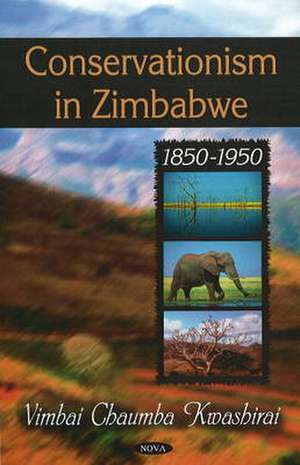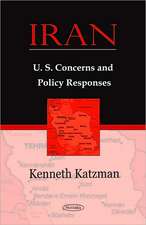Conservationism in Zimbabwe
Autor Vimbai Chaumba Kwashiraien Limba Engleză Hardback – 31 mar 2009
Preț: 547.61 lei
Preț vechi: 748.11 lei
-27% Nou
Puncte Express: 821
Preț estimativ în valută:
104.78€ • 109.70$ • 86.70£
104.78€ • 109.70$ • 86.70£
Carte disponibilă
Livrare economică 17-31 martie
Preluare comenzi: 021 569.72.76
Specificații
ISBN-13: 9781606921654
ISBN-10: 1606921657
Pagini: 137
Ilustrații: Illustrations
Dimensiuni: 163 x 232 x 15 mm
Greutate: 0.36 kg
Editura: Nova Science Publishers Inc
ISBN-10: 1606921657
Pagini: 137
Ilustrații: Illustrations
Dimensiuni: 163 x 232 x 15 mm
Greutate: 0.36 kg
Editura: Nova Science Publishers Inc
Cuprins
Introduction; African management of woodland; British forest management; Dilemmas in conservationism; Conservation practices; Poverty in the Gwai Forest Reserve; Conclusion; Figures; Index.






















